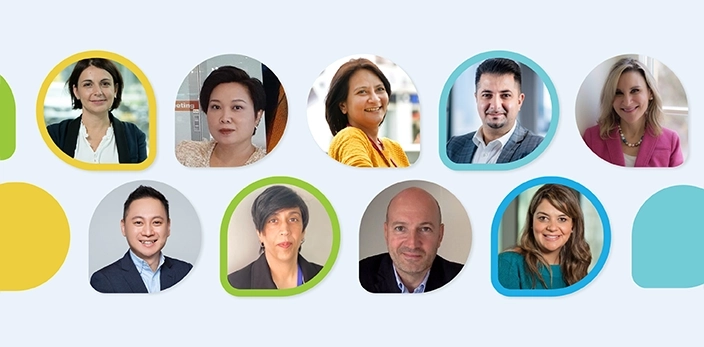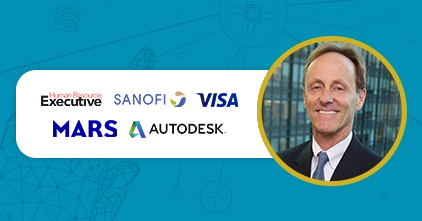Closing the gender pay gap, racial equality, and PWD enablement are the popular triumphs of “Diversity, Equity, and Inclusion” (DE&I). These only address the first and second parts of the equation. But what about Inclusion? With depth and candor, experts talk about creating safe, collaborative, and committed teams.

Global companies agree that diversity does not guarantee inclusion. (eg. Cornerstone, Pepsico, Sanofi, Morgan Philips, Lenovo, and Schneider Electric). McKinsey and Glassdoor Reports support this premise. 52% of employees have a positive view of diversity in the workplace, while only 29% do for inclusion.
Imagine. Everyone in the company is proud to be part of a multicultural employee body but only half thrives. The others retreat into silos and make themselves scarce. Their opinions, insights, and creative ideas expire unheard. So, how do we make everyone feel a true sense of belonging? Should it be important to us? How does it affect the company’s culture and performance? What does ‘belonging’ mean in the first place?
What Belonging Looks Like
Cayte Chmolia, Global Programs Director of Sanofi, starts with an introspective take on belonging. She refers to it as the state of “bringing (or being) your true self and your whole self to the workplace that means contributing in a meaningful way.”

In return, that person must be mindful of the psychological safety of all. ”I don’t think that you can truly feel you belong unless you can reach out comfortably for help and feedback.”, she adds.
Puja Bhatia, L&D Executive Vice President of Teleperformance, shares that people who belong “feel that they would be able to make a change and have the freedom to make a change.” They are “someone who’s given the freedom to fail and learn from that failure,” she adds.
Eliminating Biases
It sounds simple, but the concept is almost counter-cultural. Elyas Bozan, Managing Director at Morgan Philips, reveals the heart of the problem. According to him, adherence to perfection and a lack of humble leadership are the culprits for toxicity. This attitude morphs into unconscious biases, which define acceptable speech and conduct.
Improving language skills is an intellectual start to overcoming barriers. But a mindset shift sustains attitudinal and behavioral change. Stephane Amiot, Area Vice President at Cornerstone, demonstrated this with his own experience. Amiot looks back at his earlier years as a French expatriate and a non-native English speaker.
He described the struggle of using nuances in dialogue. Without it, transparency, trustworthiness, and competency were in question. “Nobody must feel less intelligent than the others because of language issues,” Amiot says.
Rewards of Inclusion
Bella Chan, HR Director for Central Asia Pacific of Lenovo asserts, ”When you have both (diversity and inclusion), you win. Inclusion is the actual action we take to leverage diversity to create innovation.” She also shared a fascinating metaphor: “Diversity is like getting invited to a party. Inclusion (and belonging) makes you dance at the party.”

A mark of true inclusion in diverse companies is innovation. And a key to innovating is to include and prioritize language learning in its DE&I agenda. Why? Thaisa Thomaz, Talent Director of PepsiCo Brazil, shared one of Pepsico’s DE&I efforts as an example.
The “Voice your Opinion Fearlessly'” movement engages all employees through PepFluent a.k.a. Corporate Language Academy. The program aims to raise their confidence and command of the working language. As a result, teams are more invested in critical thinking and creative problem-solving.
Aside from innovation, language skills affect a company’s bottom line in many ways.
- Lower turnover costs due to better work culture
- Higher closing rate with compelling sales pitches
- Leaner projects (time & costs) due to better team productivity
Conclusion
In conclusion, overcoming language biases and communication barriers are crucial to achieving inclusion.
It creates a safe environment conducive to talents growing and innovating. And because it saves time and cost, we must reckon the spirit of belongingness is in profitability strategies.
Your ability in “communication is a heart skill,” as coined by Esther Heredia, Director-General Manager at goFLUENT. Even for big undertakings like DE&I, it is a profound reminder that outward transformation begins from within.
If you want to hear real stories and valuable insights related to language learning, watch the full webinar.
BONUS: Self-check
Now that we’ve learned all of these, how should it affect you personally? We are all called to become DE&I leaders.
But, if you feel disassociated from your colleagues or detached from your company’s goals, muster up the courage to master your own biases and barriers. Here are questions for reflection:
On Beliefs
- What are my own language and cultural biases that I need to detach from?
- What are my self-limiting beliefs that might have been affecting my openness to communicate?
On Emotions
- How do I practice self-assurance whenever I fear failure or judgment from my workmates?
On Behaviour (Skills)
- How would you honestly rate your command of the English language (or your company’s chosen working language)
- What communication level do you desire to have and why?
Lastly, ask your manager or HR training team if they have a language and communication training program. If none, send them this article as you express your desire to grow.



